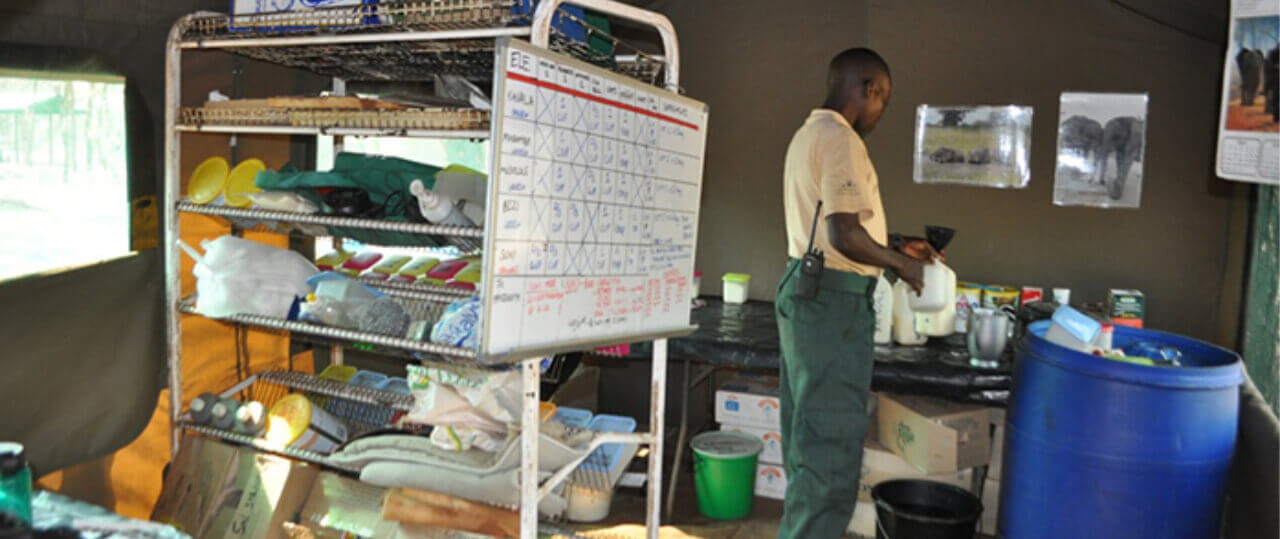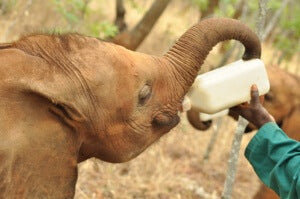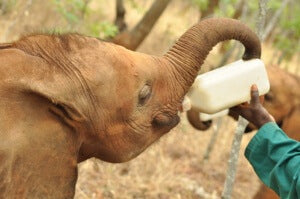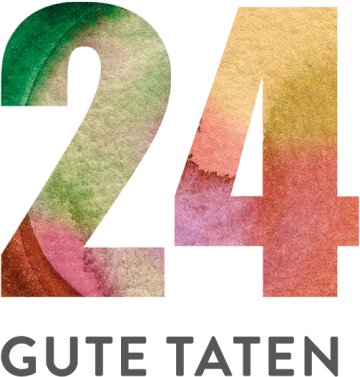Day 1
10 bricks for the construction of an elephant food kitchen in Zambia
 From valuable billiard balls, piano keys
From valuable billiard balls, piano keys


and orphaned elephant children

need
Food for orphaned elephants
activity
Build a food kitchen for the elephant orphanage in Zambia.
Measurable performance
Building assessment: How far has construction progressed? (Expectation: construction completed)
Result
The elephant orphanage’s capacity is increasing and visitor numbers are rising.
Systemically relevant impact
Elephant orphanage as a tourist attraction, symbolic effect for species conservation and source of income for the local population.
background


The good deed
AboutZambia
Lusaka
Capital city

13,460,305 (2013)
Population
1474 US$
Gross domestic product
per capita per year

163
Human Development Index
(Human Development Index)



